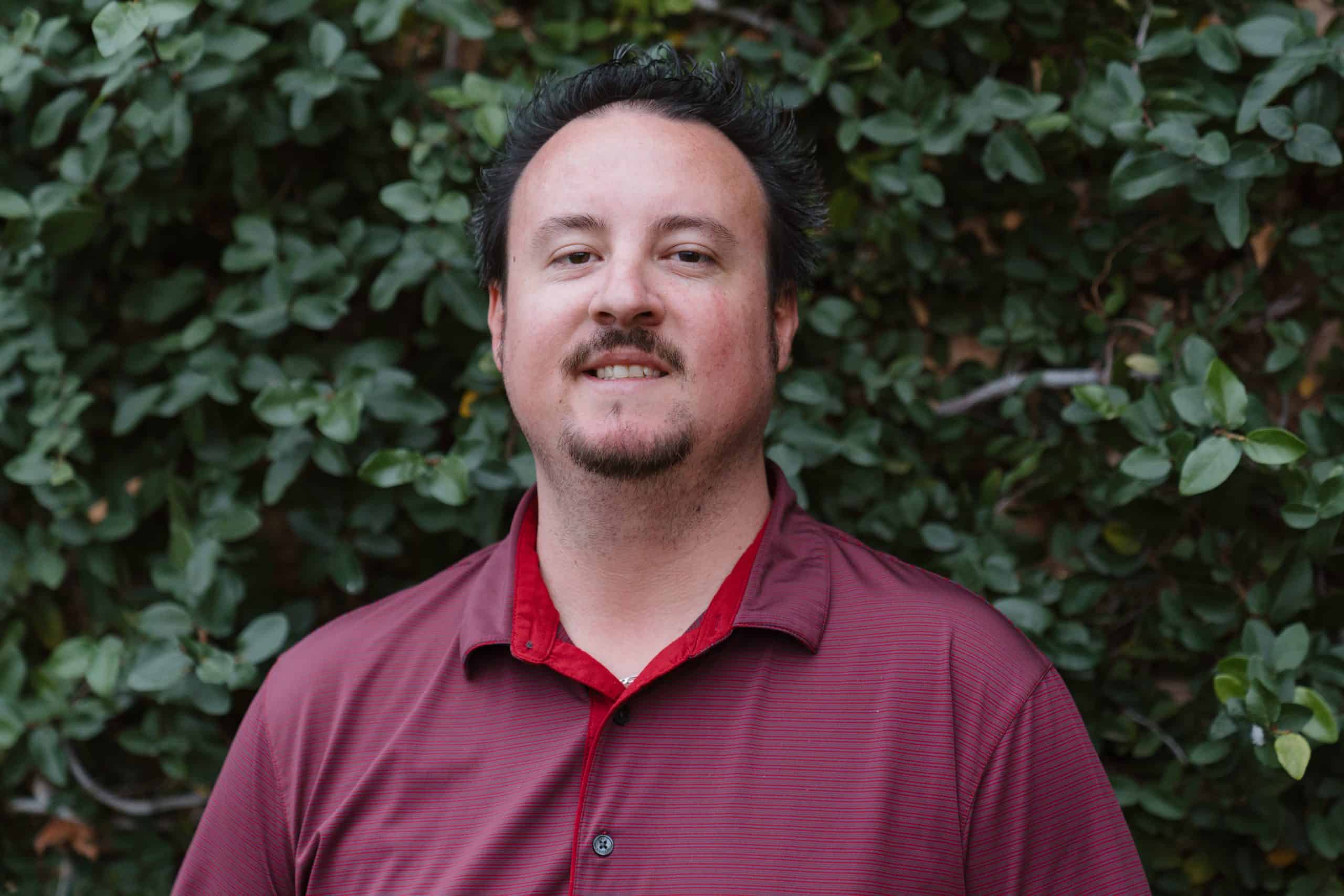Panic Disorder Treatment

In the past month, over 16% of Arizona residents reported symptoms of an anxiety disorder. Living with anxiety isn’t easy. There are times when it can make you feel like the world is overwhelming, or like you have no control over your day-to-day life. If you’ve been managing an anxiety or panic disorder for any portion of your life, there comes a time when you can’t remember what it’s like to live without it. You might feel trapped like you will never be able to relax or have any say in how you feel.
This feeling doesn’t have to last forever. Our team at Pinnacle Peak Recovery is here to help. We offer a patient-focused approach to healing that arms you with the skills you need to manage your panic disorder. We want to see you live your life to the fullest, and we’re dedicated to tailoring a treatment plan to make that happen.
In 2022 and 2023, over 1.4 million Arizona residents were living with at least one mental health condition.
What We Treat: The Truth About Panic Disorders
As the name implies, a panic disorder involves someone who has frequent panic attacks. These aren’t one-offs, however. People who have panic disorder have frequent panic attacks that are often triggered by nothing. The severity of these panic attacks leads to lasting worry about when your next panic attack might occur.
How We Treat: Keeping Our Patients’ Unique Needs in Mind
Panic disorder can make it feel impossible to accomplish simple tasks, such as going to the grocery store or spending time with friends. Here at Pinnacle Peak, our team of trained medical professionals is dedicated to providing a caring environment that ensures our clients receive the best possible treatment. We understand that everyone’s situation is unique, which is why we utilize various talk therapies as a primary treatment option.

Cognitive Behavioral Therapy
Cognitive behavioral therapy (CBT) is a therapeutic model that focuses on changing thought patterns to address how we react to them. It works by addressing unhelpful ways of thinking and identifying learned patterns of behavior that could be negatively impacting how you handle feelings of stress or panic.
Dialectical Behavioral Therapy
Dialectical behavioral therapy (DBT) is beneficial for treating panic disorder because it helps you manage intense emotions and physical symptoms associated with panic attacks. Through skills like mindfulness and stress response management, DBT teaches you how to stay grounded during moments of high anxiety. Over time, these techniques help reduce the frequency and severity of panic attacks, building confidence to accomplish daily tasks.
Somatic Experiencing
Somatic experiencing is all about keeping the body centered, which helps with panic disorder by releasing stored tension and regulating your nervous system. By focusing on physical sensations rather than just thought, the body completes its natural stress response and restores a sense of safety. This helps reduce the frequency and severity of panic attacks, allowing you to regain a sense of normalcy.
Our goals at Pinnacle Peak are to ensure your panic disorder is addressed and that you are treated with care, dignity, and respect. We offer yoga, meditation, and acupuncture to help your body restore calm and balance as a part of our treatment process. Our facility also offers a sensory room to promote proper stimulation without evoking anxiety or panic.
What Are Panic Attacks?
A panic attack is a moment of intense fear, stress, discomfort, and loss of control that occurs without a defined source. During a panic attack, people often experience physical symptoms that add to the overwhelming nature of a panic attack.
Panic attacks often last anywhere from 5 to 20 minutes with the sensations peaking after 10 minutes. These timelines can vary from person to person depending on the situation and their history with panic attacks.
Can You Have a Panic Attack Without Having a Panic Disorder?
Nearly 1 in 3 people have a chance of experiencing a panic attack at some point in their lives. This does not mean that 1 in 3 people have a panic disorder. Additionally, someone might experience an anxiety attack but not a panic attack.
The main difference between a panic attack and an anxiety attack is that anxiety attacks have a source, whereas panic attacks occur without reason. You could experience both a panic attack and an anxiety attack at some point in your life without ever developing a panic disorder.
Live the life you deserve. Our compassionate, evidence-based care will give you the support you need.
How Are Panic Disorders Diagnosed?

For panic attacks to turn into an official diagnosis of a panic disorder, a few things need to be both ruled out and confirmed. A doctor might perform physical and mental exams on an individual to ensure that the symptoms aren’t related to anything else before continuing with a diagnosis.
Panic Disorder is defined as an anxiety disorder where an individual experiences multiple episodes of intense fear, accompanied by physical symptoms. These episodes occur without prompting or triggers, and individuals will spend a month or longer being stressed or worried about experiencing another.
The Signs and Symptoms of Panic Disorder
There are two different forms of symptoms and signs that come along with a panic disorder. First are the behaviors and feelings that accompany the panic attacks, both before and after. Second, are the side effects that stem directly from the panic attacks themselves.
Those with panic disorder are often living with high levels of stress or fear because of their panic attacks. These worries focus on when the next attack might happen. This then leads to a person avoiding places where they previously had attacks. Additionally, they might feel like they have no control in their life which leads to additional feelings of fear and stress.
Then there are the side effects that come from experiencing a panic attack. These occur alongside the feelings of panic, disorientation, and fear.
- Heart pounding
- Sweating
- Tingling sensations in the body
- Hyperventilation/difficulty breathing
- Tremors
- Chest tightness or pain
- Stomach cramps and nausea
- Vertigo
- Weakness
The physical symptoms that come with a panic attack will dissipate after the panic attack is over.
How Are Panic Disorders Treated?
One thing that is important to note is that many mental health conditions don’t always go away, even with treatment – not in the way that the common cold leaves when you have rest and medicine. Many mental health conditions are lifelong, but treatment provides you with the skills to properly manage the side effects and live your life to the fullest.
There are multiple ways to address panic disorders. As we touched on earlier, every person is unique so no singular method will be the right fit for everyone. We’re going to touch on a few of the most common treatment options for those who are managing a panic disorder.
Cognitive Behavioral Therapy (CBT)
CBT is a model of therapeutic practice that focuses on changing thinking patterns to address how we react to them. It works by addressing unhelpful ways of thinking and identifying learned patterns of behavior that could be negatively impacting how you handle your mental health and its side effects.
Here at Pinnacle Peak, we offer a specialized type of Cognitive Behavioral Therapy known as Cognitive Processing Therapy or CPT. It’s utilized in treating anxiety, depression, PTSD, and more.
The primary focus of CPT is to focus on developing a new understanding and perspective on distressing events, like panic attacks. Writing is often utilized in CPT as a means of organizing feelings and thoughts in a safe and structured way. Both client and therapist will utilize these tools to help find ways to restructure their thoughts and reactions to be more beneficial.
Common Anti-Anxiety Medications
There are many medications that have been developed to help with the treatment of anxiety. The most common medication utilized for anxiety is in a category of substances known as “depressants.” Depressants work by slowing down the central nervous system, or the messaging system in our body. By doing so, they’re able to lower heart rate and calm the mind when it's racing.
One of the most common forms of depressant utilized for anxiety and panic disorders is benzodiazepines. For those who experience panic attacks, benzodiazepines like Xanax can be taken during a panic attack to stop the attack. These types of medications are fast-acting and utilized per situation, as opposed to taken on a daily basis.
During treatment, you will work with your medical team to further determine if the route of medication is something you wish to pursue. Medication is always best utilized alongside other treatments. Medication is a tool, not a cure.
Learning the Skills to Manage Your Panic Disorder
Beyond both CPT and medication treatment, there are other approaches available to help you learn the skills you need to better manage your panic disorder. This can range from stress management skills to emotional regulation.
We offer a variety of programs to inspire and motivate you along this journey. Everything from experiential therapy to holistic therapy can work well for any individual. We will guide you through our different options so you can find the right approach to suit your needs.
You don't have to wait. Let our master's-level clinicians help. Give us a call now.



What Our Valued Patients Say

Reclaim Your Life – Start Treatment for Your Panic Disorder Today at Pinnacle Peak
If you’re looking to take the first step towards walking a new road of healing and happiness, our team at Pinnacle Peak is here for you. We are ready to work with you to ensure your healing goals are met.
There’s never a wrong time to get started. No matter your history with panic disorders and mental health, our team will create a treatment plan that will work for you. With our mental health services, we will give you the tools you need to lead a more confident life.
When you’re ready to get started, our Pinnacle Peak team is here for you. No matter the time, no matter your concerns, we will help you find what you need to get on your healing journey today.
Clinical Excellence | Compassionate Care | Family Feel
